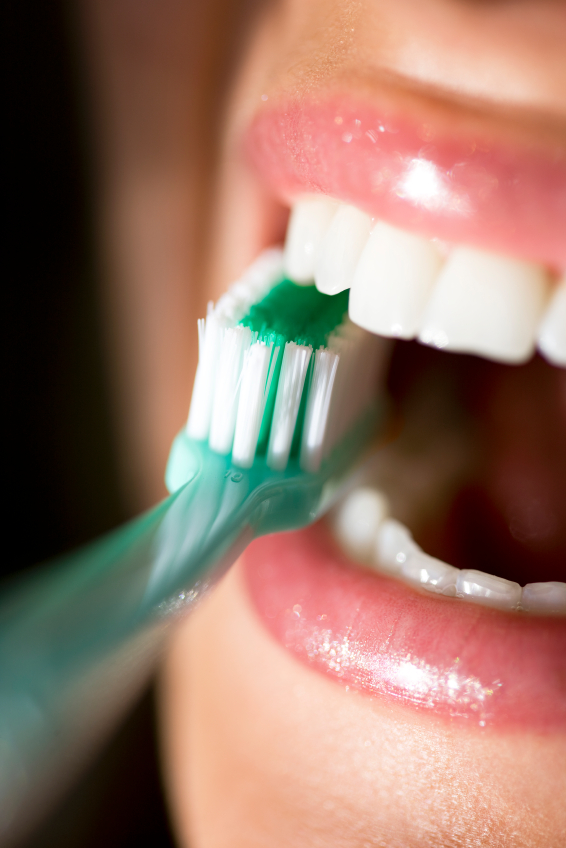Clinical

Oral health: a winning smile may prevent CVD
In Clinical
Let’s get clinical. Follow the links below to find out more about the latest clinical insight in community pharmacy.Bookmark
Record learning outcomes
 Improving oral health does more than help your customers have a winning smile and fragrant breath. It may prevent cardiovascular events and breast cancer – and even save lives.
Improving oral health does more than help your customers have a winning smile and fragrant breath. It may prevent cardiovascular events and breast cancer – and even save lives.
Periodontal (gum) disease is a leading cause of tooth loss, which seems to independently predict adverse cardiovascular outcomes, according to a recent paper in the European Journal of Preventive Cardiology1. The study is the first to prospectively assess the relationship between tooth loss and coronary heart disease (CHD).
“The relationship between dental health, particularly periodontal disease, and cardiovascular disease has been insufficiently investigated among patients with established coronary heart disease who are at especially high risk of adverse events and death, and in need of intensive prevention measures,†says lead author Ola Vedin, a cardiologist at Uppsala University Hospital, Sweden.
The analysis included 15,456 patients from 39 countries with stable CHD – defined as a history of myocardial infarction (MI), revascularisation or multivessel CHD. Researchers grouped patients depending on the self-reported number of teeth: 26-32; 20-25; 15-19, 1-14; and no teeth.
After a median follow-up of 3.7 years and adjusting for cardiovascular risk factors and socio-economic status, each increase in the level of tooth loss was associated with a statistically significant 6 per cent rise in the risk of the composite endpoint of cardiovascular death, nonfatal MI and non-fatal stroke.
Each higher tooth loss group was associated with statistically significant increases in cardiovascular death (17 per cent rise), all-cause death (16 per cent) and non-fatal or fatal stroke (14 per cent). Compared to people with 26-32 teeth, those with no teeth were:
- 27 per cent more likely to meet the composite outcome
- 67 per cent more likely to suffer a stroke
- 81 per cent more likely to die from any cause
- 85 per cent more likely to die from cardiovascular causes.
“We found no association between number of teeth and risk of myocardial infarction,†Dr Vedin remarks. “This was puzzling since we had robust associations with other cardiovascular outcomes, including stroke.â€
Heart disease and gum disease share many risk factors, such as smoking and diabetes, but this doesn’t seem to account for the link.
Being an observational study, the authors could not conclude that periodontal disease directly causes cardiovascular events in CHD patients. Furthermore, the long-term effects of treating periodontal disease on cardiovascular disease are unknown. That said, tooth loss could be an easy and inexpensive way to identify patients at higher risk who need more intense preventive efforts.
“While we can’t yet advise patients to look after their teeth to lower their cardiovascular risk, the positive effects of brushing and flossing are well established. The potential for additional positive effects on cardiovascular health would be a bonus.â€
Breast cancer link?
A second study has found that periodontal disease may be associated with one in 10 breast cancers in some groups of women2. Researchers followed 73,737 postmenopausal women without previous breast cancer for a mean of 6.7 years. Over this time, 2.9 per cent developed invasive breast cancer and 26.1 per cent reported periodontal disease.
Overall, women with periodontal disease were 14 per cent more likely to develop breast cancer than controls, but women with periodontal disease who quit smoking within the past 20 years were 36 per cent more likely to develop breast cancer. Current smoking was associated with a 32 per cent increased risk. (The study included only 74 smokers, which probably accounts for the non-significant difference in current smokers and controls without periodontal disease.)
The authors estimate that, assuming the link is causal, periodontal disease might account for 2.9 per cent of all breast cancers. The proportion rises from 1.3 per cent in never smokers to 11.5 per cent in current smokers and 12.1 per cent in women who quit smoking within 20 years.
Several mechanisms could link periodontal disease to CHD and breast cancer. Periodontal pathogens could influence CHD risk by, for example, detrimentally affecting endothelial function and plaque stability, and promoting systemic inflammation and atherosclerosis progression. Periodontal pathogens, chronic inflammation or both could contribute to breast cancer risk.
Smoking is a major risk factor for periodontal disease, with mouth bacterial microbiota differing between smokers and non-smokers, even in those with periodontal disease. Pharmacists should therefore continue to help improve dental care by educating patients about the possible links between oral and systemic health highlighted in the two studies.
Â
References
- DOI: 10.1177/2047487315621978
- Cancer Epidemiol Biomarkers Prev Doi: 10.1158/1055-9965.EPI-15-0750
Tooth loss could be an easy and inexpensive way to identify patients at higher CV risk
